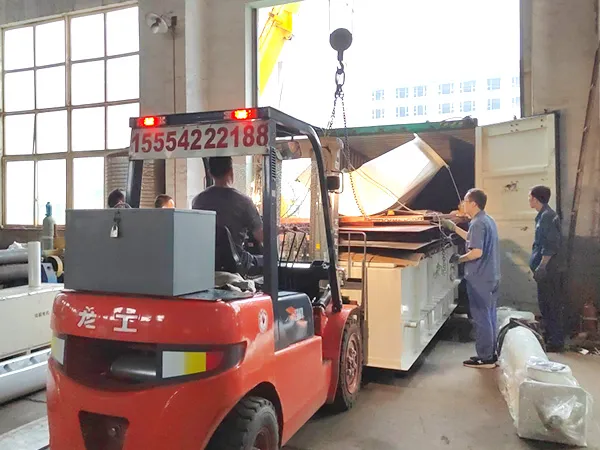The Air Classifier Mill (ACM) has become a preferred technology for producing high-quality pigment with precise particle size control. It integrates fine grinding and real-time classification, ensuring uniform particle distribution and superior dispersion. Pigments play a vital role in coatings, inks, plastics, and cosmetics, where particle size directly affects covering power, tinting strength, leveling, and gloss. Traditional ball or sand mills face three major challenges:
- Wide particle size distribution: D90 > 5 μm, and coarse particles cause “orange peel” and “color difference.”
- Metal contamination: ZrO₂ media wear exceeds 200 ppm, reducing the purity of high-grade white pigments such as TiO₂.
- Over-grinding: Fine particles below 0.1 μm tend to agglomerate, resulting in poor dispersion and inkjet nozzle clogging.
Market Pressure: The EU REACH regulation limits heavy metals to <10 ppm; automotive coatings require D99 < 1.5 μm and ΔE < 0.3.

Technical Principle
The air classifier mill integrates grinding and classification in one unit. The high-speed rotating grinding disc generates strong impact, shear, and friction forces to disperse and pulverize pigment agglomerates. An internal precision turbine classifier performs real-time particle separation. The classifier immediately discharges qualified fine powder and returns coarse particles to the grinding zone for further processing.
This closed-loop grinding and dynamic classification process effectively prevents over-grinding and significantly improves particle size uniformity.
Ultrafine and Narrow Particle Size Requirements in the Pigment Industry
For pigments, particle size and distribution are key performance parameters:
- Tinting Strength: Smaller pigment particles have larger specific surface areas and higher light-scattering efficiency, resulting in stronger color intensity.
- Opacity: Optimal covering power is achieved when the particle size is approximately half the wavelength of visible light. The air classifier mill enables precise control within this range.
- Gloss and Transparency: A narrow, uniform size distribution minimizes scattering and agglomeration in the medium, improving gloss for coatings or ensuring high transparency for transparent pigments.
- Dispersion Stability: A broad particle size distribution often causes sedimentation or color floating. Precise classification ensures consistent product quality across batches.

Advantages of Luftklassierermühle for Different Pigment Types
| Pigment Type | Main Challenge | Air Classifier Mill Solution |
|---|---|---|
| Organic Pigments | Structure-sensitive, prone to polymorphic transformation or thermal degradation. | Gentle grinding with precise temperature control prevents crystal structure damage. |
| Pearlescent Pigments | Multi-layered plate-like structure easily damaged, affecting sparkle. | Low-impact, high-shear grinding preserves the integrity of platelets. |
| Inorganic Pigments (e.g., Iron Oxide) | Require high purity and opacity. | Ultrafine grinding removes coarse impurities and enhances color performance. |
Abschluss
With the development of high-tech fields such as new energy vehicles (NEVs) and high-definition (HD) displays, higher demands are being placed on the functionality, weather resistance (durability), and environmental compatibility of pigments.
The Air Classifier Mill, with its characteristics of high efficiency, precision, and low contamination, has become a crucial piece of equipment for achieving ultra-fine processing and high dispersion in the pigment industry.
Leveraging its years of experience in fine powder processing, EPIC Powder offers total solutions to the pigment industry, spanning from laboratory research to industrial production. This helps clients enhance pigment quality, reduce energy consumption, and realize the stable and controllable manufacturing of high-performance color materials.”

